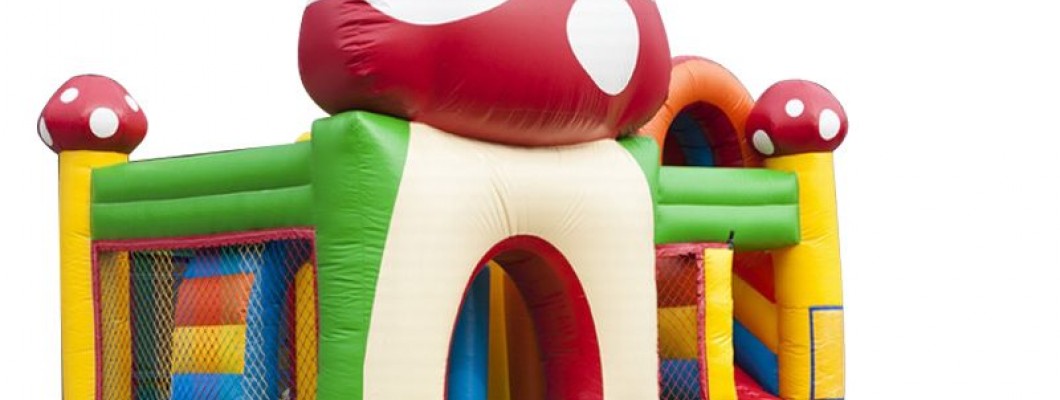
While bouncy castles offer incredible fun, they are particularly vulnerable to the effects of wet conditions. Rain and moisture can pose risks to both the inflatable structure and the safety of its users. Understanding how to properly maintain and manage a bouncy castle in wet conditions is crucial to ensuring its longevity and safety. This article provides essential tips for maintaining bouncy castles and keeping them safe during and after exposure to moisture.
Challenges of Wet Conditions
Wet conditions can affect bouncy castles in several ways:
- Structural Damage: Excess moisture can weaken the materials of a bouncy castle, increasing the likelihood of tears and punctures.
- Slippery Surfaces: Rainwater can create slippery surfaces inside the bouncy castle, leading to a higher risk of falls and injuries.
- Accelerated Wear: Frequent exposure to water can accelerate wear and tear on the inflatable, leading to a shorter lifespan.
- Mold Growth: Prolonged moisture exposure can promote mold and mildew growth, which can damage the fabric and pose health risks.
Maintenance Tips for Wet Conditions
To ensure your bouncy castle remains in good condition despite wet weather, follow these maintenance tips:
- Monitor Weather Forecasts: Check the weather before setting up your bouncy castle. Avoid setting it up if rain is expected or if the ground is already wet.
- Protect with Covers: Use a weather-resistant cover or tarp to shield the bouncy castle from rain. Ensure the cover is well-secured and does not obstruct proper ventilation.
- Dry Thoroughly: After exposure to rain, carefully dry the bouncy castle before deflating and storing it. Use towels or a wet/dry vacuum to remove excess moisture.
- Inspect Regularly: Conduct thorough inspections after each use in wet conditions. Look for signs of damage or excessive wear and address any issues immediately.
- Store Properly: Store the bouncy castle in a dry, well-ventilated area. Ensure it is completely dry before folding and putting it away to prevent mold and mildew growth.
Safety Tips for Use in Wet Conditions
When using a bouncy castle in or after wet conditions, follow these safety tips:
- Check for Slippery Areas: Before allowing children to play, ensure the interior surfaces are dry and not slippery. If the surfaces are still wet, delay use until they are completely dry.
- Limit Usage During Rain: Avoid allowing children to play on the bouncy castle while it is raining or immediately after heavy rain, as this increases the risk of accidents.
- Supervise Play: Always have an adult supervisor present to monitor play and ensure that safety guidelines are followed, particularly in adverse weather conditions.
- Educate Users: Inform children about the risks of wet surfaces and encourage safe play practices to prevent accidents.
Conclusion
Maintaining and ensuring safety for a bouncy castle in wet conditions requires vigilance and proper care. By following the recommended maintenance and safety tips, you can extend the life of your inflatable and provide a safe environment for all users. Regular attention and proactive management are key to keeping your bouncy castle enjoyable and safe, regardless of the weather.

Leave a Comment